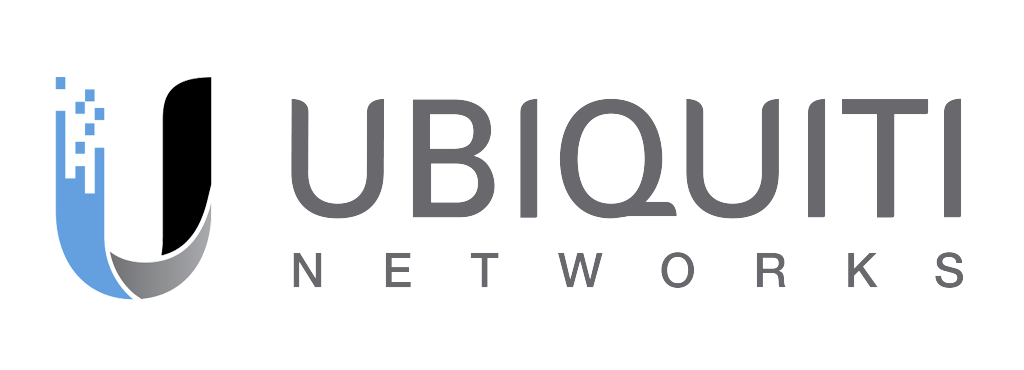Deliver reliable, gigabit speeds easily and cost-effectively
Internet service providers (ISPs) are faced with limited options to offer reliable gigabit broadband services—either lay costly fiber or install wireless technologies that can be unreliable and difficult to scale.
To advance efforts in bringing more people online to a faster internet, Meta created Terragraph. Terragraph is a wireless technology designed to make deploying gigabit connectivity faster and more efficient in markets where trenching fiber is difficult and cost-prohibitive. This solution can bring fiber-like speeds to your network in a matter of weeks—and at a fraction of the cost.
Features
60 GHz spectrum
Deliver multi-gigabit speeds over unlicensed wide frequency bands
TDD/TDMA technology
Scale your network over denser areas than previously possible with 60 GHz spectrum
Open/R-based mesh design
Efficiently distribute capacity and offer carrier-grade availability to customers (learn more)
Advanced network planning
Streamline and automate network planning and feasibility assessments (learn more)
OEM ecosystem
Flexibly adopt and install equipment from Terragraph partners
Mission
The Terragraph Project’s mission is to create a robust and sustainable ecosystem capable of connecting more people to a faster internet. Today, there is a robust supply-side ecosystem that includes a leading silicon supplier, advanced antenna module vendors, and several OEMs offering hardware products and related services powered by Terragraph. On the demand side, a multitude of connectivity service providers worldwide have adopted Terragraph-based solutions and are successfully delivering connectivity services to their customers using this technology.
Over the years, Meta provided extensive R&D to develop a solution for the challenging last-mile connectivity problem. By contributing technical specifications to standards and working with silicon vendors to implement the Terragraph MAC and PHY in commercially available chipsets, Meta empowered its OEM partners to implement Terragraph-based radio solutions for connectivity service providers to adopt around the world. Meta also engaged with spectrum regulatory bodies around the globe to make the case for de-licensing the 60 GHz band to ensure Terragraph’s viability as a connectivity solution in more global markets.
Terragraph has joined Linux Foundation Connectivity, where the entire software stack is available as open source software – including kernel drivers, user space components, cloud software, a network management subsystem and millimeter wave network planner solution. By making Terragraph software freely available to the community, the ecosystem is now able to carry the project forward and continue to expand people’s access to gigabit internet connectivity.
Community







Media
Resources
- Looking to deploy Terragraph? Check out our runbook, whitepapers, and partner websites to learn more.
- Developers can explore our public code repository and extensive developer manual.